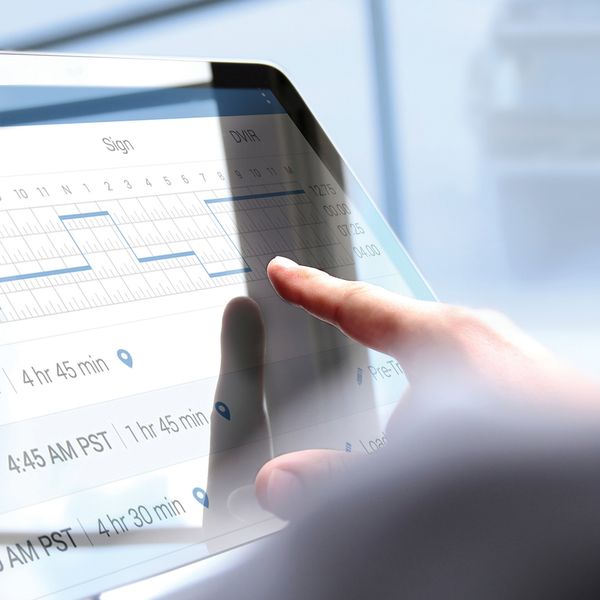Can your ELD handle the new IRP mileage rules?
Beginning January 1, 2024, new rules under the International Registration Plan (IRP) will apply to distance records produced by vehicle tracking systems, including:
- Electronic logging devices (ELDs), and
- Global positioning systems (GPS).
Is your system – and your service provider – ready to capture the new data?
How to comply with the new requirements
Mileage records must contain specific elements to be considered adequate in an IRP audit.
The new rules specify a minimum frequency for pings. Vehicle-tracking systems that utilize latitudes and longitudes must create and maintain a record at a minimum of every 15 minutes when the vehicle’s engine is on.
In addition, the data must contain the following elements:
- Vehicle identification number or vehicle unit number,
- The date and time of each system reading,
- The latitude and longitude to a minimum of 4 decimal places of each system reading, and
- The odometer reading from the engine control module (ECM) of each system reading. If no ECM odometer is available, a beginning and ending dashboard odometer or hubometer for the trip will be acceptable.
The data must be accessible in an electronic spreadsheet format such as XLS, XLSX, CSV, or Delimited text file. Formats from a vehicle tracking system that provide a static image, such as PDF, JPEG, PNG, or Word, are not considered accessible for the purposes of verifying distances.
Timing the changes to your system
On January 1, 2024, any carrier operating with an IRP plate must adhere to the new rules in place on that day.
Records for travel activity before, on, or after that date must meet the standards in place during the time of that travel activity.
| Prior to January 1, 2024 | Beginning January 1, 2024 |
|---|---|
| Records produced wholly or partly by a vehicle-tracking system, including a system based on a GPS, must include: 1. Original GPS or other location data for the vehicle to which the records pertain; 2. Date and time of each GPS or other system reading; 3. Location of each GPS or other system reading; 4. Beginning and ending reading from the odometer, hubodometer, ECM, or any similar device for the period to which the records pertain; 5. Calculated distance between each GPS or other system reading; 6. Route of the vehicle’s travel; 7. Total distance traveled by the vehicle; 8. Distance traveled in each jurisdiction; and 9. Vehicle identification number or vehicle unit number. | A vehicle-tracking system that utilizes latitudes and longitudes must create and maintain a record at a minimum of every 15 minutes when the vehicle’s engine is on. Records must contain the following elements: 1. Vehicle identification number or vehicle unit number, 2. Date and time of each system reading, 3. Latitude and longitude to include a minimum of 4 decimal places (0.0001) of each system reading, and 4. Odometer reading from the ECM of each system reading. If no ECM odometer is available, a beginning and ending dashboard odometer or hubometer for the trip is acceptable. The data must be accessible in an electronic spreadsheet format such as XLS, XLSX, CSV, or Delimited text file. |
Key to remember: Carriers using ELDs and GPS for distance tracking should review their recordkeeping practices and communicate with their service providers to ensure the new standards are in place on January 1, 2024.


















































